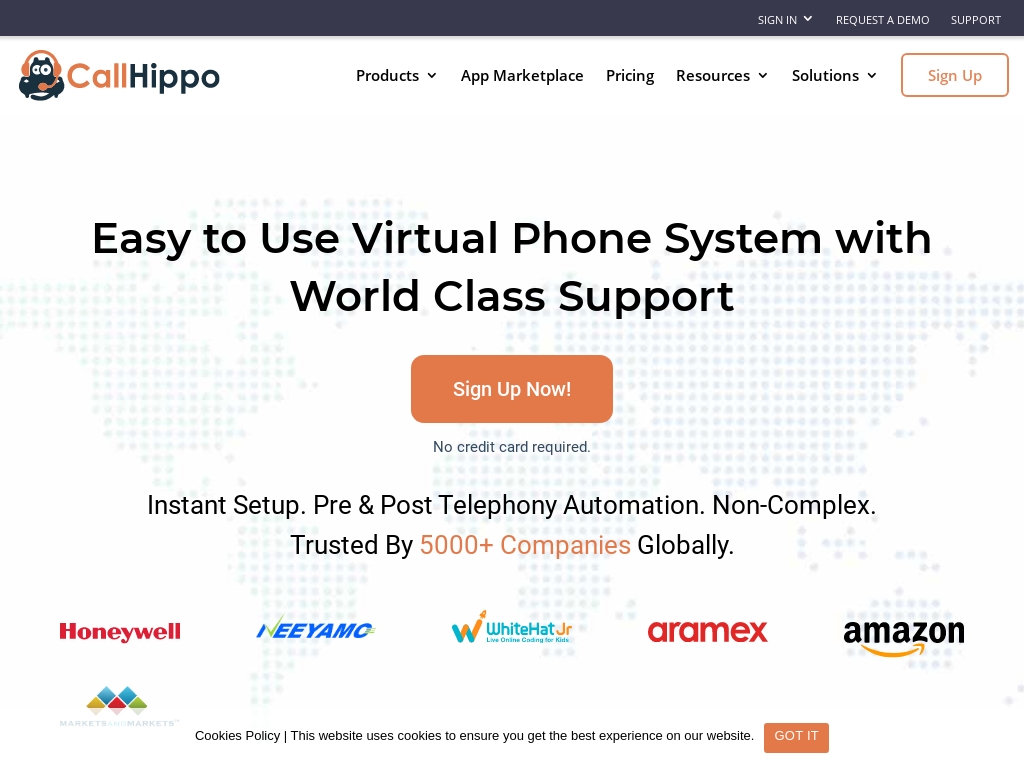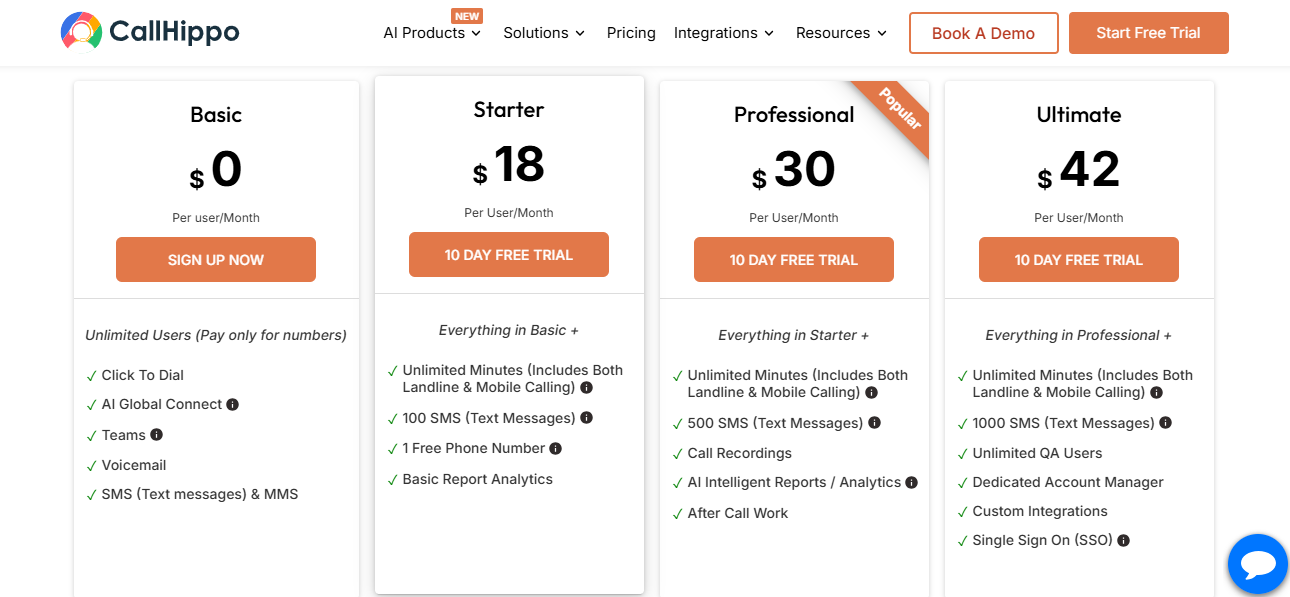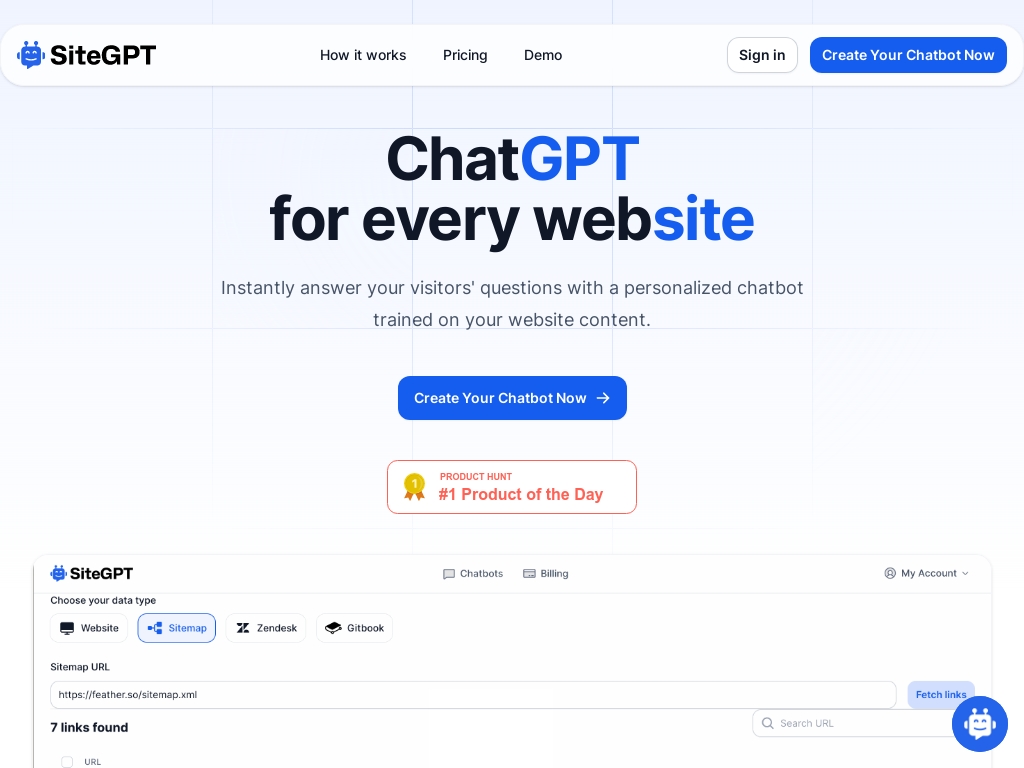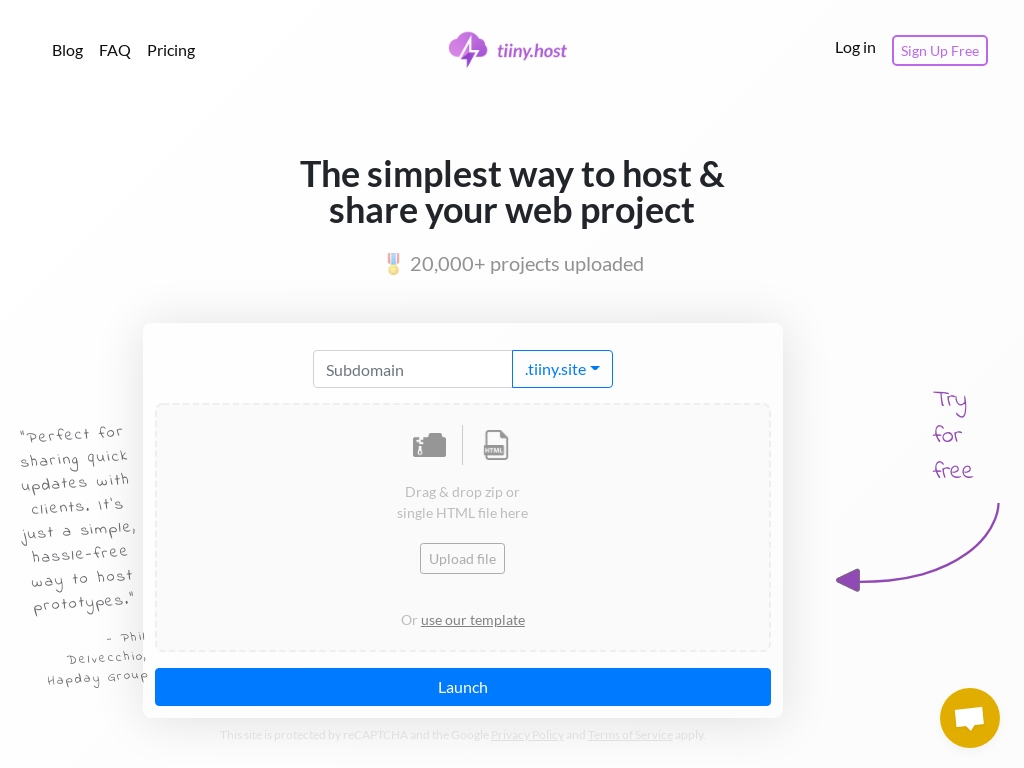
How Two Non-Tech Founders Bootstrapped CallHippo to $20M Revenue
Who is Ankit Dudhwewala?
Ankit Dudhwewala, the co-founder and CEO of CallHippo, hails from Ahmedabad and has a diverse background. Despite not having a technical background, he pursued a career in entrepreneurship after earning his master's degree from NMIMS. Ankit initially worked in his family's pharmaceutical business but later ventured into the tech industry, founding multiple successful SaaS companies, including SoftwareSuggest and ControlHippo, alongside his wife and co-founder, Suhasini Dudhwewala.

Ankit Dudhwewala
What problem does CallHippo solve?
CallHippo solves the problem of complex and costly phone systems by providing an easy-to-use virtual phone solution, allowing businesses to quickly set up global communication without needing specialized technical skills. Customers choose CallHippo because it streamlines communication, reduces overhead, and is highly adaptable, minimizing the frustration and expense of traditional telephony setups – making it a valuable asset for businesses aiming to efficiently manage their customer interactions.

How did Ankit come up with the idea for CallHippo?
Ankit Dudhwewala came up with the idea for CallHippo out of a desire to transition into the SaaS space after the success of his previous venture, SoftwareSuggest. He was inspired by seeing the potential of creating SaaS solutions targeting global markets, following his exposure to successful SaaS entrepreneurs at industry events. At a SaaS conference, he realized the appeal of building products for a global audience and was particularly influenced by stories of companies that had grown internationally from India.
He identified a gap in the telephony industry for modern, cloud-based solutions. CallHippo was born partly from his own experiences dealing with inefficient call center software and recognizing the need for a more user-friendly, high-tech solution. Despite the challenges of being a non-tech founder, Ankit focused on building a strong team capable of handling the technological complexities of telephony software.
Before fully committing to the idea, Ankit leveraged his marketing expertise from SoftwareSuggest, starting the SEO and marketing efforts even before CallHippo’s official launch. He believed in testing the market's response early to validate demand. Learning Seo techniques and inbound marketing strategies played a crucial role in generating interest for CallHippo, which helped refine the product based on preliminary market feedback.
How did Ankit Dudhwewala build the initial version of CallHippo?
Building CallHippo as a bootstrapped SaaS platform began with a heavy focus on SEO and a small yet highly skilled development team led by an experienced CTO. In the early stages, the founders prioritized establishing a strong digital marketing foundation, leveraging their proficiency in search engine optimization to drive inbound traffic, which was their main customer acquisition channel. The team initially concentrated on creating a virtual phone system with a cloud-based architecture that was simpler and more streamlined than existing solutions, capitalizing on their non-technical backgrounds by hiring adept engineers to write the first lines of code.

CallHippo Homepage
The founders faced significant challenges due to the technical complexity involved in developing a telephony software without prior expertise in the field, but their commitment and a methodical approach to iterative development allowed them to launch a viable product within a few months. Despite the hurdles, their ability to adapt and persistent focus on learning through experimentation was crucial in bringing CallHippo to life.
What were the initial startup costs for CallHippo?
- Initial Funding: The founders started CallHippo with a small amount of $25,000 (approximately 18 lakh rupees) which they used very frugally.
What was the growth strategy for CallHippo and how did they scale?
SEO
CallHippo focused heavily on SEO to drive organic traffic and establish themselves in the competitive virtual phone system market. They started SEO efforts even before the product's engineering began, leveraging insights from earlier ventures such as SoftwareSuggest. By developing content around key terms relevant to virtual phone systems like "virtual phone number," they created numerous articles to boost topical authority.
Why it worked: Their SEO strategy allowed them to attract attention from businesses actively searching for virtual phone solutions, leading to increased sign-ups. The detailed content resonated with potential customers, establishing trust and authority in the market.
Inbound Marketing
CallHippo used a comprehensive inbound marketing approach, which included both SEO and performance marketing. Their inbound marketing was crucial in turning website visits into potential leads, focusing on nurturing these visitors through content like blogs and tutorials.
Why it worked: The blend of engaging content and strategic keyword targeting made them discoverable to a global audience. By focusing on quality, informative content, they effectively captured and converted traffic, ultimately increasing conversions and sales.
SEM (Search Engine Marketing)
In 2020, CallHippo started leveraging SEM to complement their organic SEO efforts. This strategic move was aimed at capturing a broader audience through paid search advertisements, reaching businesses searching for telephony solutions.
Why it worked: SEM provided a direct channel to target specific keywords with high purchase intent, allowing CallHippo to generate more qualified leads. This not only increased their brand visibility but also converted higher-value customers.
Customer Support and Success
CallHippo emphasized robust customer support and success as a core strategy to reduce churn and encourage growth through positive customer experiences. They maintained low technical support tickets by prioritizing effective solutions and proactive customer interactions.
Why it worked: Superior customer support ensured high customer satisfaction and retention, converting users into loyal customers. By focusing on a seamless customer experience, they were able to sustain relationships and enhance word-of-mouth referrals, driving ongoing business growth.
What's the pricing strategy for CallHippo?
CallHippo offers a cloud-based virtual phone system with tiered pricing starting at $16 per user per month, including features like call tracking, with a limited-time free trial for qualified businesses.

CallHippo Pricing
What were the biggest lessons learned from building CallHippo?
- Harness Local Talent: Being based in a Tier 2 city like Ahmedabad initially posed challenges but turned into an advantage by tapping into a hardworking, dedicated talent pool eager for opportunity.
- SEO Patience Pays Off: CallHippo's success was driven significantly by effective SEO strategies, even when results took time to materialize. The key is patience and consistency.
- Culture of Ownership: Encouraging team members to run their own initiatives fostered a strong sense of ownership and responsibility, contributing to CallHippo's resilient and collaborative culture.
- Balanced Team Dynamics: As husband and wife co-founders, building trust and defining clear roles helped maintain a professional and efficient partnership both at work and at home.
- Adapt to Market Needs: Starting as a product for smaller businesses, CallHippo eventually scaled to serve larger enterprises, showcasing the importance of flexibility and market adaptation for long-term growth.
Discover Similar Business Ideas Like CallHippo
|
|
Idea
|
Revenue
|
|---|---|---|
|
PDFShift
|
HTML-to-PDF conversion API service.
|
$8.5K
monthly
|
|
SiteGPT
|
AI chatbot trained on your website content.
|
$15K
monthly
|
|
Hallow
|
"Catholic prayer and meditation app fostering faith growth."
|
$278K
monthly
|
|
tiiny.host
|
Static website hosting made simple for everyone.
|
$15K
monthly
|
|
Studio Wombat
|
WooCommerce plugin developer for enhanced e-commerce features.
|
$15K
monthly
|
|
Treendly
|
Trend-spotting platform for untapped market insights.
|
$1K
monthly
|
|
ScreenshotOne
|
API for capturing website screenshots easily.
|
$2.2K
monthly
|
More about CallHippo:
Who is the owner of CallHippo?
Ankit Dudhwewala is the founder of CallHippo.
When did Ankit Dudhwewala start CallHippo?
2016
What is Ankit Dudhwewala's net worth?
Ankit Dudhwewala's business makes an average of $833K/month.
How much money has Ankit Dudhwewala made from CallHippo?
Ankit Dudhwewala started the business in 2016, and currently makes an average of $10M/year.
Who is Ankit Dudhwewala?
Ankit Dudhwewala, the co-founder and CEO of CallHippo, hails from Ahmedabad and has a diverse background. Despite not having a technical background, he pursued a career in entrepreneurship after earning his master's degree from NMIMS. Ankit initially worked in his family's pharmaceutical business but later ventured into the tech industry, founding multiple successful SaaS companies, including SoftwareSuggest and ControlHippo, alongside his wife and co-founder, Suhasini Dudhwewala.

Ankit Dudhwewala
What problem does CallHippo solve?
CallHippo solves the problem of complex and costly phone systems by providing an easy-to-use virtual phone solution, allowing businesses to quickly set up global communication without needing specialized technical skills. Customers choose CallHippo because it streamlines communication, reduces overhead, and is highly adaptable, minimizing the frustration and expense of traditional telephony setups – making it a valuable asset for businesses aiming to efficiently manage their customer interactions.

How did Ankit come up with the idea for CallHippo?
Ankit Dudhwewala came up with the idea for CallHippo out of a desire to transition into the SaaS space after the success of his previous venture, SoftwareSuggest. He was inspired by seeing the potential of creating SaaS solutions targeting global markets, following his exposure to successful SaaS entrepreneurs at industry events. At a SaaS conference, he realized the appeal of building products for a global audience and was particularly influenced by stories of companies that had grown internationally from India.
He identified a gap in the telephony industry for modern, cloud-based solutions. CallHippo was born partly from his own experiences dealing with inefficient call center software and recognizing the need for a more user-friendly, high-tech solution. Despite the challenges of being a non-tech founder, Ankit focused on building a strong team capable of handling the technological complexities of telephony software.
Before fully committing to the idea, Ankit leveraged his marketing expertise from SoftwareSuggest, starting the SEO and marketing efforts even before CallHippo’s official launch. He believed in testing the market's response early to validate demand. Learning Seo techniques and inbound marketing strategies played a crucial role in generating interest for CallHippo, which helped refine the product based on preliminary market feedback.
How did Ankit Dudhwewala build the initial version of CallHippo?
Building CallHippo as a bootstrapped SaaS platform began with a heavy focus on SEO and a small yet highly skilled development team led by an experienced CTO. In the early stages, the founders prioritized establishing a strong digital marketing foundation, leveraging their proficiency in search engine optimization to drive inbound traffic, which was their main customer acquisition channel. The team initially concentrated on creating a virtual phone system with a cloud-based architecture that was simpler and more streamlined than existing solutions, capitalizing on their non-technical backgrounds by hiring adept engineers to write the first lines of code.

CallHippo Homepage
The founders faced significant challenges due to the technical complexity involved in developing a telephony software without prior expertise in the field, but their commitment and a methodical approach to iterative development allowed them to launch a viable product within a few months. Despite the hurdles, their ability to adapt and persistent focus on learning through experimentation was crucial in bringing CallHippo to life.
What were the initial startup costs for CallHippo?
- Initial Funding: The founders started CallHippo with a small amount of $25,000 (approximately 18 lakh rupees) which they used very frugally.
What was the growth strategy for CallHippo and how did they scale?
SEO
CallHippo focused heavily on SEO to drive organic traffic and establish themselves in the competitive virtual phone system market. They started SEO efforts even before the product's engineering began, leveraging insights from earlier ventures such as SoftwareSuggest. By developing content around key terms relevant to virtual phone systems like "virtual phone number," they created numerous articles to boost topical authority.
Why it worked: Their SEO strategy allowed them to attract attention from businesses actively searching for virtual phone solutions, leading to increased sign-ups. The detailed content resonated with potential customers, establishing trust and authority in the market.
Inbound Marketing
CallHippo used a comprehensive inbound marketing approach, which included both SEO and performance marketing. Their inbound marketing was crucial in turning website visits into potential leads, focusing on nurturing these visitors through content like blogs and tutorials.
Why it worked: The blend of engaging content and strategic keyword targeting made them discoverable to a global audience. By focusing on quality, informative content, they effectively captured and converted traffic, ultimately increasing conversions and sales.
SEM (Search Engine Marketing)
In 2020, CallHippo started leveraging SEM to complement their organic SEO efforts. This strategic move was aimed at capturing a broader audience through paid search advertisements, reaching businesses searching for telephony solutions.
Why it worked: SEM provided a direct channel to target specific keywords with high purchase intent, allowing CallHippo to generate more qualified leads. This not only increased their brand visibility but also converted higher-value customers.
Customer Support and Success
CallHippo emphasized robust customer support and success as a core strategy to reduce churn and encourage growth through positive customer experiences. They maintained low technical support tickets by prioritizing effective solutions and proactive customer interactions.
Why it worked: Superior customer support ensured high customer satisfaction and retention, converting users into loyal customers. By focusing on a seamless customer experience, they were able to sustain relationships and enhance word-of-mouth referrals, driving ongoing business growth.
What's the pricing strategy for CallHippo?
CallHippo offers a cloud-based virtual phone system with tiered pricing starting at $16 per user per month, including features like call tracking, with a limited-time free trial for qualified businesses.

CallHippo Pricing
What were the biggest lessons learned from building CallHippo?
- Harness Local Talent: Being based in a Tier 2 city like Ahmedabad initially posed challenges but turned into an advantage by tapping into a hardworking, dedicated talent pool eager for opportunity.
- SEO Patience Pays Off: CallHippo's success was driven significantly by effective SEO strategies, even when results took time to materialize. The key is patience and consistency.
- Culture of Ownership: Encouraging team members to run their own initiatives fostered a strong sense of ownership and responsibility, contributing to CallHippo's resilient and collaborative culture.
- Balanced Team Dynamics: As husband and wife co-founders, building trust and defining clear roles helped maintain a professional and efficient partnership both at work and at home.
- Adapt to Market Needs: Starting as a product for smaller businesses, CallHippo eventually scaled to serve larger enterprises, showcasing the importance of flexibility and market adaptation for long-term growth.
Discover Similar Business Ideas Like CallHippo
|
|
Idea
|
Revenue
|
|---|---|---|
|
PDFShift
|
HTML-to-PDF conversion API service.
|
$8.5K
monthly
|
|
SiteGPT
|
AI chatbot trained on your website content.
|
$15K
monthly
|
|
Hallow
|
"Catholic prayer and meditation app fostering faith growth."
|
$278K
monthly
|
|
tiiny.host
|
Static website hosting made simple for everyone.
|
$15K
monthly
|
|
Studio Wombat
|
WooCommerce plugin developer for enhanced e-commerce features.
|
$15K
monthly
|
|
Treendly
|
Trend-spotting platform for untapped market insights.
|
$1K
monthly
|
|
ScreenshotOne
|
API for capturing website screenshots easily.
|
$2.2K
monthly
|
More about CallHippo:
Who is the owner of CallHippo?
Ankit Dudhwewala is the founder of CallHippo.
When did Ankit Dudhwewala start CallHippo?
2016
What is Ankit Dudhwewala's net worth?
Ankit Dudhwewala's business makes an average of $833K/month.
How much money has Ankit Dudhwewala made from CallHippo?
Ankit Dudhwewala started the business in 2016, and currently makes an average of $10M/year.

Download the report and join our email newsletter packed with business ideas and money-making opportunities, backed by real-life case studies.

Download the report and join our email newsletter packed with business ideas and money-making opportunities, backed by real-life case studies.

Download the report and join our email newsletter packed with business ideas and money-making opportunities, backed by real-life case studies.

Download the report and join our email newsletter packed with business ideas and money-making opportunities, backed by real-life case studies.

Download the report and join our email newsletter packed with business ideas and money-making opportunities, backed by real-life case studies.

Download the report and join our email newsletter packed with business ideas and money-making opportunities, backed by real-life case studies.

Download the report and join our email newsletter packed with business ideas and money-making opportunities, backed by real-life case studies.

Download the report and join our email newsletter packed with business ideas and money-making opportunities, backed by real-life case studies.
















